Visit my friend Kurt Zimmerman’s blog for a very timely book story of a book lost and found under tragic circumstances.
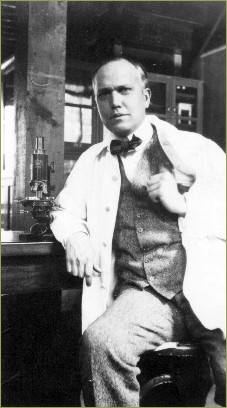
Dr. Herbert M. Evans, 1882-1971
http://www.bookcollectinghistory.com/2020/05/a-book-i-shouldnt-have-had-yet.html

Visit my friend Kurt Zimmerman’s blog for a very timely book story of a book lost and found under tragic circumstances.

http://www.bookcollectinghistory.com/2020/05/a-book-i-shouldnt-have-had-yet.html
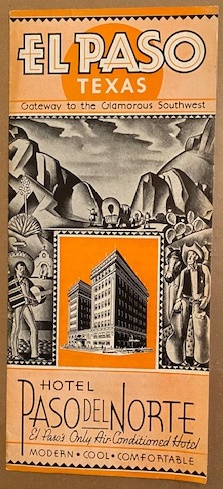
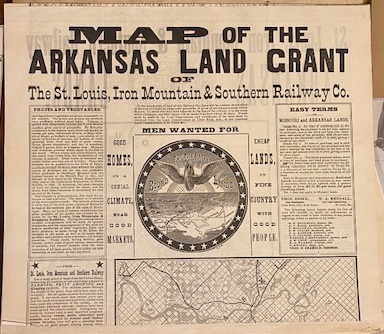
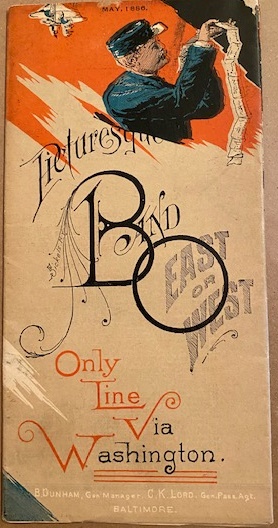
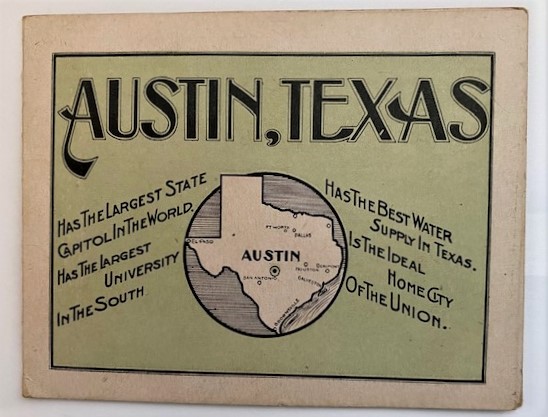
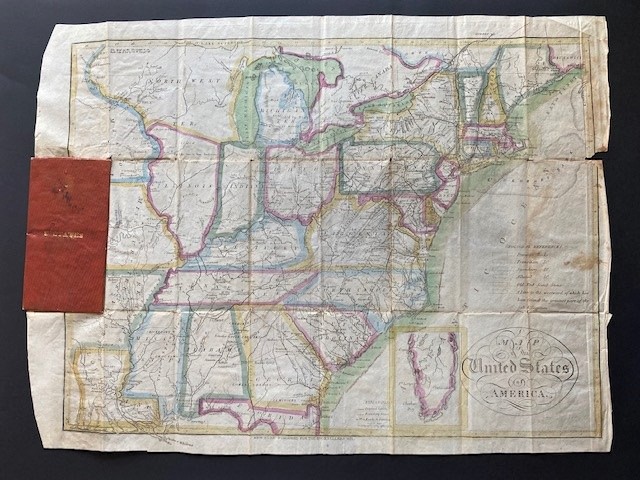
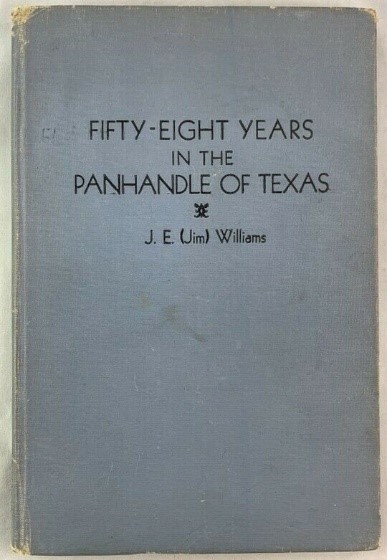
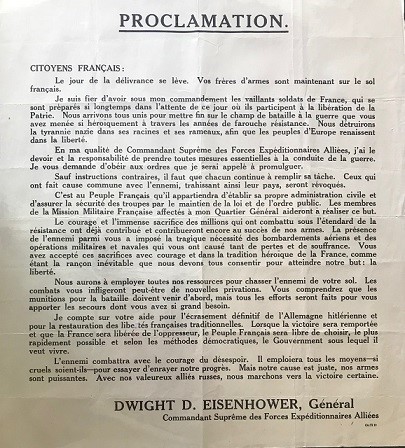
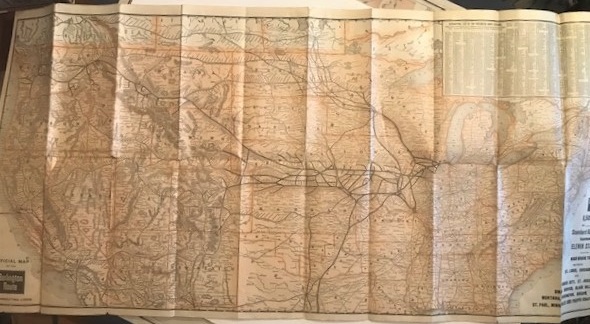
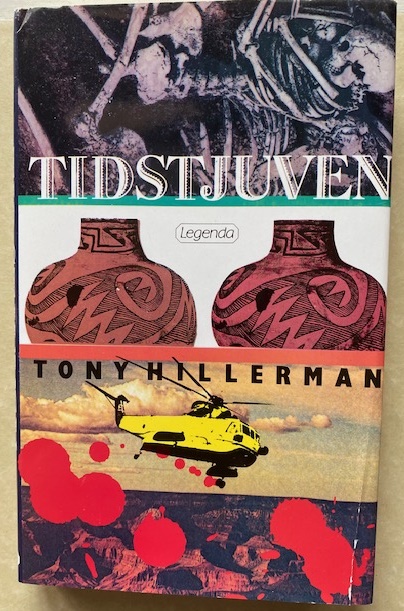
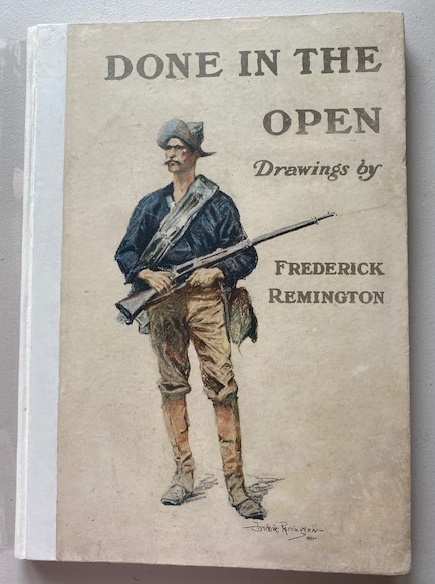
What?
The Houston Book Show Cancelled due to Covid 19
We hope to reschedule in Spring 2021
Featuring Rare, Antiquarian and Collectible Books, Ephemera, Prints, Photographs, Postcards & Maps
Texana, Literature, Cook Books, Mystery,
Modern First Editions, Hispanic, Sci-Fi, Americana & More
Book Appraisal Saturday 10:00 am- noon
For one or two items (donation suggested)
Where?
Winter Street Studios at Sawyer Yards
2101 Winter Street
Houston TX 77007 https://www.sawyeryards.com/WinterStreetStudios
As a Western Americana dealer I have few occasions to refer to a classic story many of us read in high school, but this post includes a Bartleby the Scrivener reference. Of course it does.
Monroe Edwards (circa 1808-1847) was an early Texas slave smuggler and forger. He moved to the Galveston Bay area of Texas about 1825 as a clerk for the merchant James Morgan. Soon after his arrival, however, he found more lucrative, if less respectable, pursuits. He became involved in smuggling slaves to Brazil from Africa and soon made a profit of $50,000. Through his mistress’s husband, a Mexican official, he obtained a large land grant in Brazoria County. He called his property Chenango Plantation, and used it as a base for continued slave smuggling to Texas from Cuba. His only claim to favorable historical recognition was his arrest and brief imprisonment, with others, by the Mexican garrison at Anahuac in 1832. – Handbook of Texas. Among his misdeeds, he once sold an entire plantation of slaves he did not own to an abolitionist who had intended to free them. He was finally convicted for an elaborate and lucrative cotton-broker forgery scam in 1842. Several sensational accounts of his offenses and trial were published after his death, and he was mentioned in Herman Melville’s 1853 short story “Bartleby, the Scrivener.”
We recently acquired a a land survey for “one third of a league of land for Monroe Edwards situated 10 miles below San Patricio on the west side of the Nueces River.” It includes a small inset manuscript map of the property. Texan politician Alexander Russell is mentioned as a neighbor. This is a certified 1839 copy of a January 1838 survey, drafted and signed by James M. Manning, the original surveyor. Below Manning’s signature is an additional attestation by a county surveyor dated 1840 which has been crossed out.
James M. Manning was one of the initial surveyors in the San Patricio, Nueces County, and South Texas areas. He was appointed Deputy Surveyor of San Patricio County on March 8, 1838, at a time when much of South Texas, including present day Nueces County, was a part of that jurisdiction. His appointment likewise occurred only two years after the establishment of the General Land Office of the Republic of Texas and one year after legislation created land districts with surveyors and deputy surveyors in each county. When the Texas boundary was permanently extended to the Rio Grande in 1846, Manning served as one of the first Anglo-American surveyors of this region. His work influenced other early South Texas surveyors such as Felix A. Blucher. His papers are held at TAMU-Corpus Christi.
[Republic of Texas.] Manning, James M. Survey and map of land on the Nueces River, done for the notorious crook Monroe Edwards. 2 manuscript pages, 10 x 7 3/4 inches, plus integral blank with docketing; folds and minor wear. San Patricio, Texas, 29 January 1839.
Bertram Rota was a London bookseller, specializing in modern literature. Together with his son Tony he developed the University of Texas as a client and became friends with a number of like-minded folks in Austin through his annual trips to visit the University. Among them were Austin book seller Franklin Gilliam, Warren Roberts, then the Associate Director of the Humanities Research Center, John Henry Faulk, Bill Ferguson and Frank Dobie.
In 1960 Rota spent a memorable evening at Dobie’s Paisano ranch with this august group of bookmen. He recorded the highlights in a pamphlet entitled “The Night of the Armadillos” that he sent out as a Christmas card. Few copies crossed the Atlantic and Dobie’s friend and bookman Jeff Dykes listed it as one of the fifty rarest Dobie items. Dobie inscribed a copy “For my paisano and amigo Jeff Dykes who understands poetic license.”
Rota followed up the publication of his Christmas pamphlet with a letter to Dobie about the evening and adding to the tale told therein. Dobie gave a copy of the letter to Warren Roberts, with his note that it made a postscript to “The Night of the Armadillos.” It is reproduced here as a fitting coda to this legendary Dobie rarity.
January l4. 1961
Dear Sage,
Your acceptance of my strictly factual report on the night of nights delighted me. But tell Edward Soph that “The Night of the Armadillos” is a much better title than “A Night Among the Armadillos.” The former makes the night unique, as it is in my memory. The latter could be any old night. Before that evening was over I knew I must write the story and that “The Night of the Armadillos” was the inevitable title.
Harry Graham’s “Elsie Gloy” has 22 eight-line verses. To quote them in full would have overweighed my little booklet, but you shall have the complete version. It was first printed in “Life and Letters” Vol 5, No. 27, for August 1930. Later it was included, I think, in a book of Harry Graham’s verse, which I will try to find for you. Meanwhile here is one more verse, to go on with:
“An artist he, in velvet cape
With palate, oils and brushes
Who wished to paint an aquascape
And, noticing a female shape
Entangled in the rushes,
He came to ask what he had found
That was so large and smooth and round.”
And another:
That is the life she loves to lead
As Queen of all Bohemia.
Her courtiers may belong, indeed,
To what is called the ‘Weldflow’r breed,
And suffer from anemia,
But still her heart with pleasure thrills
When dancing with those daffodils.
There is, however, one grave error of misquotation in my booklet. I wrote “With the poet I could sing” and then misquoted some lines of Kipling — even though I gave them just as I heard them long ago. They should read:
“I’ve never seen a jaguar
Nor yet an armadil –
O delloing in his armor
And I spose I never will.”
Much better. There have been requests for extra copies, for inclusion in Dobie collections in university libraries, from Larry Powell and others; but I have a few spares and send you three more at once. I’m flattered.
Did I tell you I’ve ordered “The Ghost Bull of the Mavericks,” so that I may refresh my memory of your treasured tones and share my delight with my friends? And that story of my night at Paisano has had a wonderful reception from all points of the compass. A friend writes from Wilmington, Delaware, to-day to tell me that there is a different formula for each species of cricket, when calculating the temperature from the frequency of the chirping!
How earnestly I hope to come to Texas again next Fall, though Anthony and I won’t be able to be away from London together.
Good luck, good health, good hunting!
Your eternally grateful
Bertram
I am preparing a list of new acquisitions, if you would like a copy let me know.
info@wallisonbooks.com
It will feature a number of Texas promotional booklets, including ones for Austin, San Antonio and El Paso.
There are a number of items relating to the Mexican War and Zachary Taylor
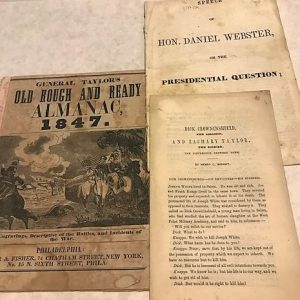
Also two letters from General Antonio Lopez de Santa Anna while President of Mexico in 1842. Both are stampless covers that were mailed, very unusual.
Much more of interest, including the Boundary between Texas and Mexico, Railroad maps, San Antonio photographs, more!
We recently got two new sculptures by Texas artist Trace Guthrie.
From the artist’s website:
Trace Guthrie has emerged as a sculptor of exceptional talent in his 40 year career. His lifesize and monumental works include a statue of Sam Houston at SHSU in Huntsville; Oliver Twist in Hermann Park, Houston; Prickly Pair of Boots surrounded by native Texas critters stands near the Galleria area in Houston; Migration, a bronze of 5 geese with a 10 feet wingspan, and a memorial bronze in the rose garden at M. D. Anderson Hospital in the Houston Medical Center.
In 2008, he received a commission to do a creation for LPL Financial of a bronze bull & bear, stock market theme. At present, this piece has an edition that will stretch across the United States. His creative range of forms span from wildlife western, bronze and clay children portraits, abstracts, outdoor garden works, all the way to humorous and whimsical fantasies.
http://www.traceguthrie.com/about
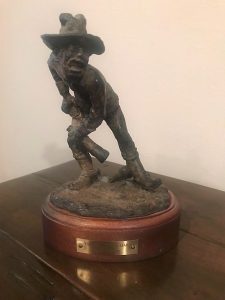
ARE YOU CALLIN ME A LIAR? Approximately 7.5 inches high mounted on wood base.
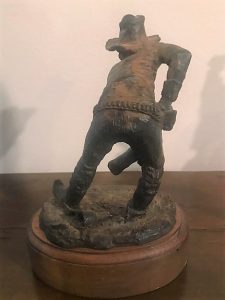
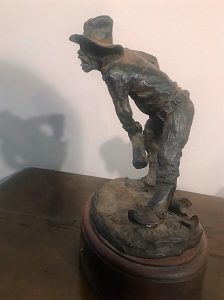
This item is no longer available from the artist.
My bride and I recently enjoyed seeing the historic Sturgis Library in Barnstable, Massachusetts.
Constructed in 1644 for the Reverend John Lothrop, founder of Barnstable, the house which forms the original part of the Library is the oldest Library building in the United States.
We had driven by many times over the years, but were move to stop in by the library book sale. It is a gem and worth a visit even when they are not having a sale. Actually they always have a gift shop and offer books and items about the library for sale.
The late, great Kurt Vonnegut was a library trustee and they also have Vonnegut memorabilia.
REV. SAMUEL HARRISON CHAPLIN 54TH MASS
Photograph of Rev. Samuel Harrison, in uniform as Chaplin. Circa 1863. 5 x 7 in. In Oval period frame.
An apparently unrecorded image. Harrison was an abolitionist, served as Chaplin of the 54th Massachusetts Regiment, the famous all black regiment. He was also instrumental in getting equal pay for black soldiers.
Samuel Harrison, was born into slavery in Philadelphia in 1818. He and his mother were freed in 1821. Shortly afterwards he and his widowed mother moved to New York City. When Harrison was nine years old, he returned to Philadelphia to live with an uncle.
Throughout his childhood, Harrison worked as an apprentice to his uncle in a shoemaking shop, learning a trade that would support him for years. He also attended church services with his mother regularly, and it was during his adolescence that Harrison decided to become a Presbyterian minister.
In 1836, Harrison enrolled in a manual school run by the abolitionist Gerrit Smith in Peterboro, New York. After only a few months, he transferred to the Western Reserve College in Hudson, Ohio (now Case Western Reserve University, in Cleveland, Ohio), an institution known for its abolitionist sympathies. Financial difficulties, however, forced him to return to Philadelphia in 1839.
In 1850 Harrison was ordained as a preacher by the Berkshire Association of Congregational Ministers and became the first minister of the Second Congregational Church of Pittsfield, the first black church founded in the county. His congregation was small but his work for black equality put him on the national stage. He was invited to speak at numerous churches in the region on contemporary political issues, such as blacks serving in the United States Army, war in Eastern Europe, and the history of the city of Pittsfield. In 1862 he lectured a Williamstown, Massachusetts congregation on The Cause and Cure for the War, a fiery oration in which he trumpeted support for enlistment of black troops.
Mass Governor John Andrew arrived in Pittsfield by train from Boston to visit the widow of Colonel Robert Shaw who died during the assault on Fort Wagner near Charleston SC. Colonel Shaw led the 1st and most famous all black infantry to fight in the Civil War, the 54th Mass Infantry that was immortalized in the 1989 Academy Award winning film “Glory”. During the Governor’s visit he called upon Harrison and asked him to go to South Carolina to express the sympathy of the Commonwealth over the tragic death of Colonel Shaw and that of nearly half the members of the regiment who died during the disastrous assault on Fort Wagner. Just 2 days before the tragedy a letter was sent from Governor Andrew’s Military Secretary to Colonel Shaw citing a “strong and unanimous” endorsement by the Governor of Mass, the President of Williams College, and highly respected clergy and laymen of Western Mass for Rev Harrison as the 1st Chaplain of the Mass 54th. Rev Harrison reported for commissioning and duty at Morris Island, SC and states in his autobiography that he was treated “in all respects…same as other chaplains of a fairer hue.”
But when payday came around “the paymaster refused to pay the men of the regiment the same amount paid to white troops because they were of African descent”. Harrison wrote, “Three months passed and no pay. I knew that my family’s means were nearly used up… My wife and six children, a debt of three hundred dollars on my house, and grocery bills. I had a hard burden to carry.” Chaplain Harrison filed a formal complaint to his superior officers, but to no avail.
Harrison wrote, “I grew sick under the pressure.” So sick was he that he requested and received a medical discharge during his 4th month of service. He thereupon complained to Mass Governor Andrew at being declined equal pay on account of his African ancestry.
Harrison’s demand that he receive the same pay as white chaplains led Governor Andrew and United States Attorney General Edward Bates to write letters to President Abraham Lincoln to end the discriminatory practice. In June 1864 legislation requiring equal pay, retroactive to January 1864, was passed in the army appropriations bill. Harrison states in his autobiography that it was suggested during his brief military service that he was “the victim” upon whom the whole matter of equal pay would turn and, as a consequence of the relationships he’d established with men of influence, that indeed was the case.
The 2018 Houston Book Show took place last weekend at the Arabia Shrine Center. I exhibited and had a good show, seeing lots of old friends among the dealers and the collectors. I also met some new people including a number of younger folks, who were a nice addition.
It was a benefit for The Printing Museum, whose volunteers were present with printing demonstrations both days and helping out at the show. Thanks to all the volunteers, including those from the Houston Book Hunters Club. We couldn’t do it without you!
In addition to the displays of rare and collectable books, there were free appraisals by local appraiser Kurt Zimmerman, a talk about his Viet Nam memoir by Dr. Sam Axelrad and a talk on Sunday afternoon on Book Collecting 101, let by Kurt Zimmerman and myself with helpful commentary from Luke Bilberry of 12th Street Books of Austin.
There were a number of dealers from around the country, including California, Tennessee, Maryland, New Mexico and from all parts of Texas.
We hope to have a bigger and better show next year, at roughly the same time. Hopefully you can join us then. Cheers!